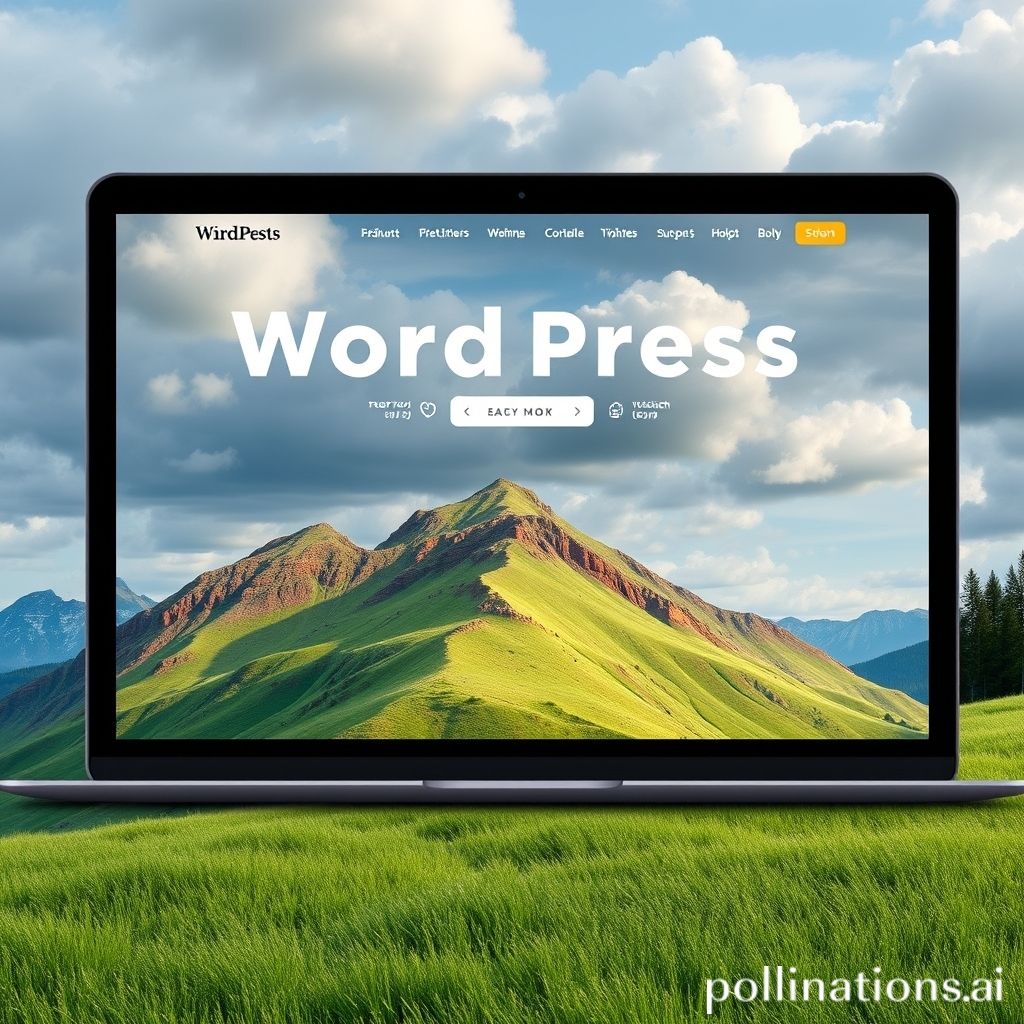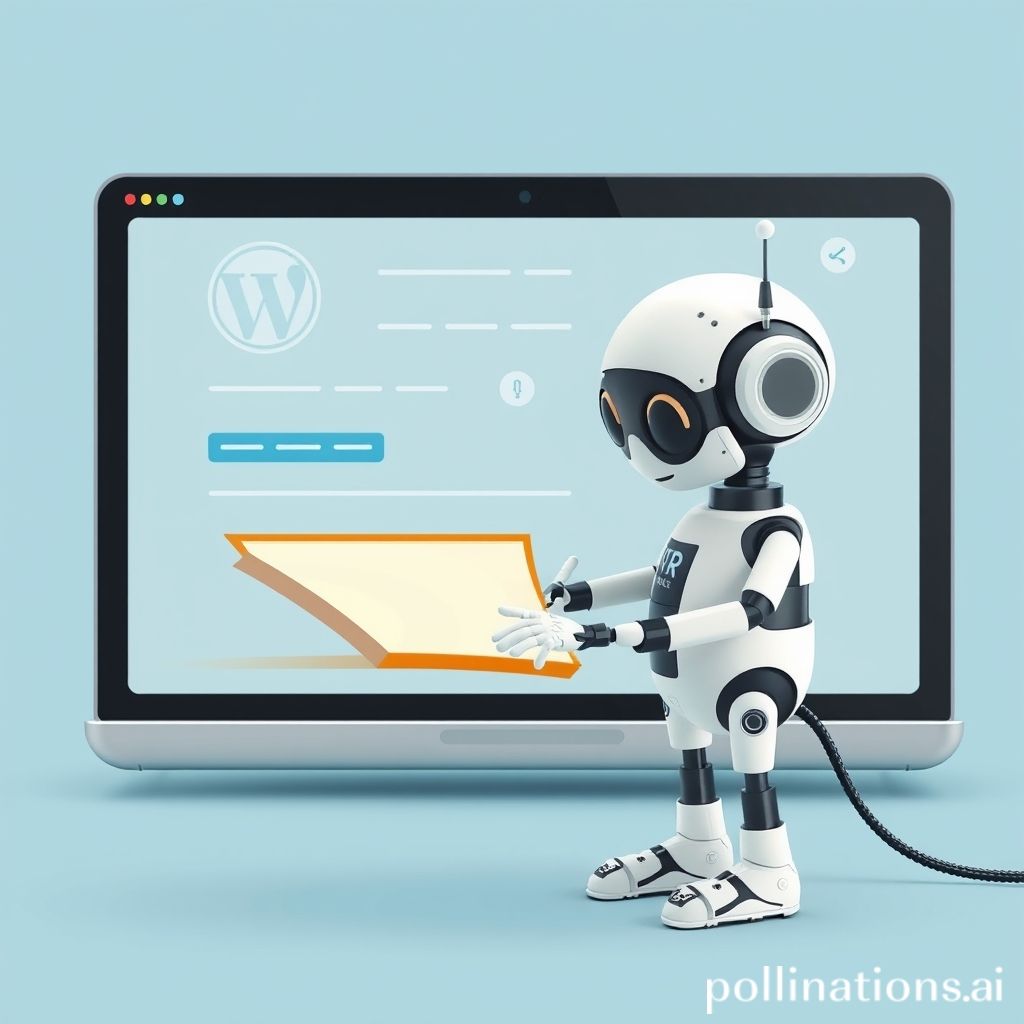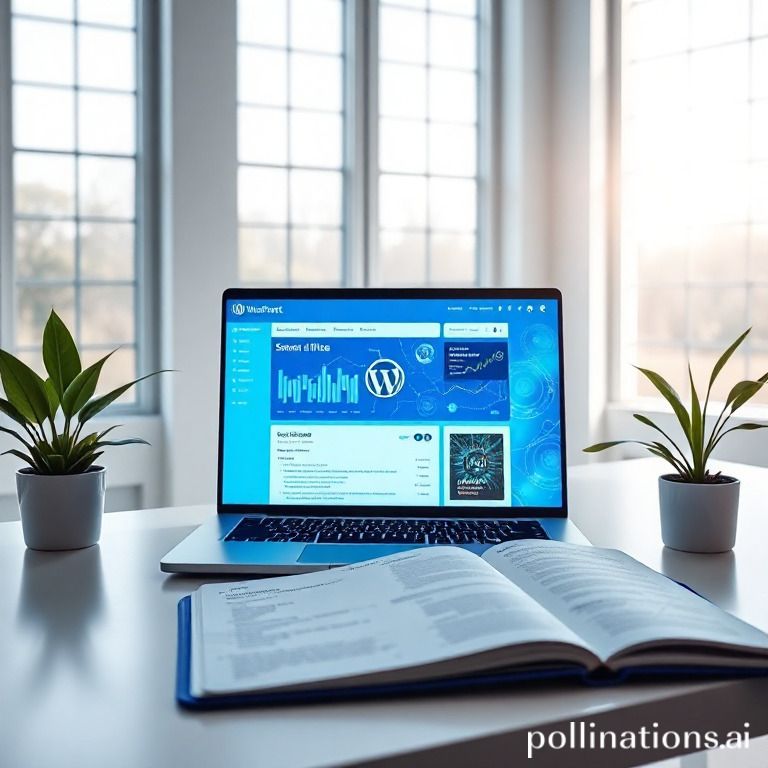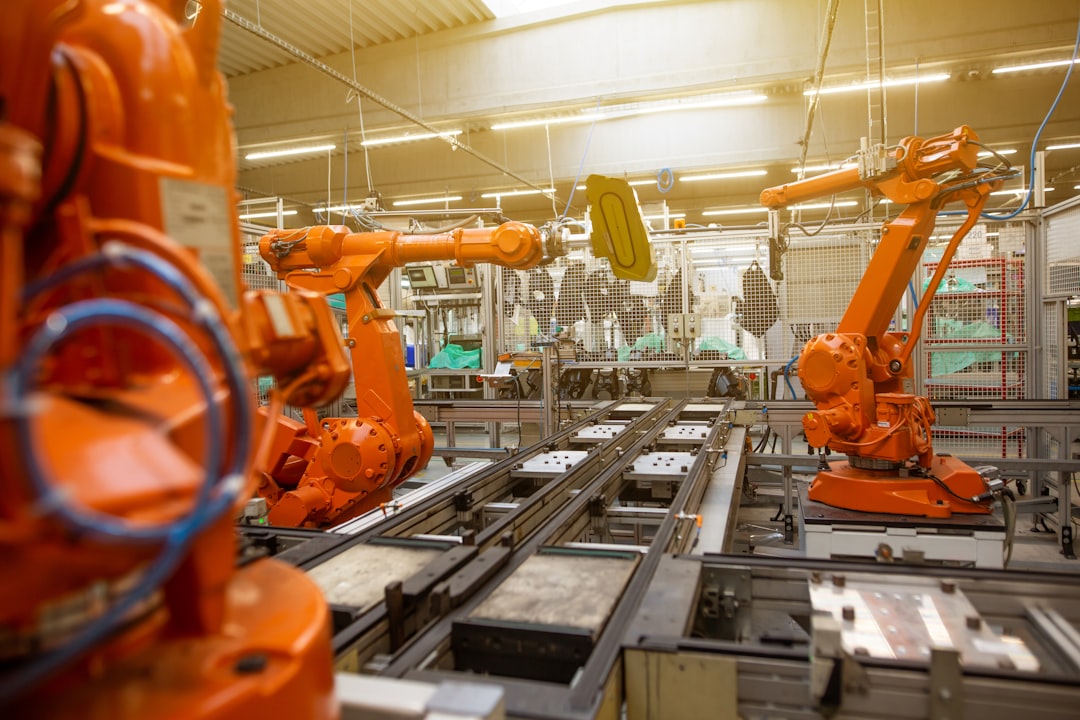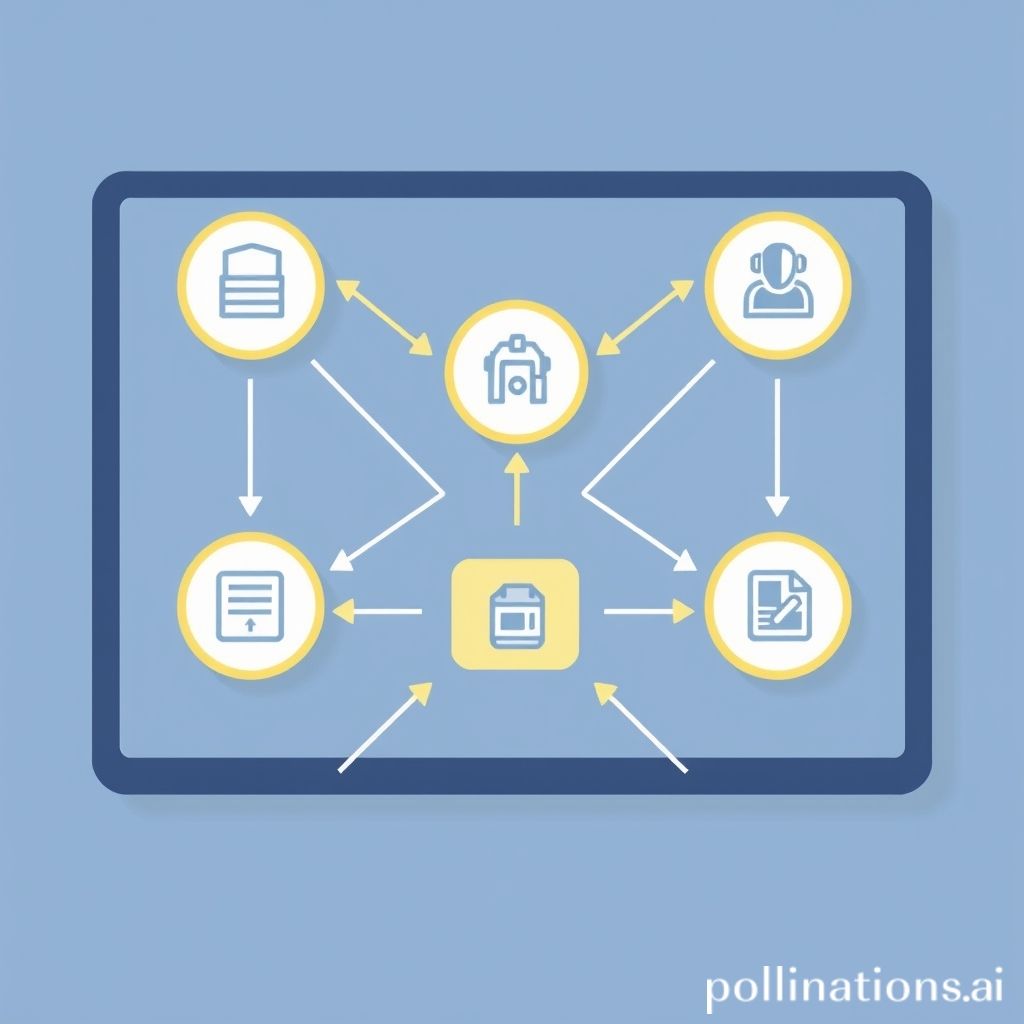Table of Contents
- Introduction
- Loss of Originality and Creativity in Content Creation
- Dependency on AI-Powered Plugins and Tools Like WordPress
- Inaccurate AI Recommendations Leading to Misguided Content
- The Ethical Concerns of AI-Generated Articles
- Automated Workflows Resulting in Homogeneous Auto-Blogging
- The Pitfalls of AI Content Writer SaaS and Subscription Costs
- Quality Compromises with AI Content Generators
- Potential Over-Reliance on AI Writing Tools for Tasks
- Conclusion
- Frequently Asked Questions
Introduction
In a world increasingly dominated by artificial intelligence, the allure of AI writing tools is undeniable. Imagine churning out articles, stories, and even poetry at the click of a button. However, beneath the surface of this shimmering technology lies a tangled web of challenges and pitfalls that often go unnoticed.
While AI-driven content promises efficiency and creativity, it’s not without its drawbacks. From ethical concerns to quality issues, the dark side of AI writing merits a closer look. So, let’s peel back the layers and unveil the hidden truths that could impact writers, readers, and the broader landscape of digital communication.
Loss of Originality and Creativity in Content Creation
Imagine sitting by a roaring fireplace, sipping hot cocoa, and reading a story that transports you to another world. Now, picture that same tale, but this time, it’s written by a robot. Sure, it might look polished, but something’s missing, isn’t it? That’s the crux of the issue: AI writing often lacks the zest and zing that only a human touch can bring.
When it comes to originality, AI can be as predictable as rain in April. It draws from a vast pool of existing data, but rarely ventures into uncharted territory. It’s like trying to find a needle in a haystack filled with millions of other identical needles! This can lead to content that feels recycled, devoid of the freshness that makes writing pop.
And creativity? Well, that’s another kettle of fish. Human writers weave words into tapestries, full of quirks and personality. They can conjure metaphors that dance, alliteration that sings, and imagery that paints pictures in your mind. AI, on the other hand, tends to be straightforward and to the point, missing those dazzling little detours that make a piece truly memorable.
Dependency on AI-Powered Plugins and Tools Like WordPress
In today’s digital world, it’s easy to get hooked on AI-powered plugins and tools like WordPress. They’re the Swiss Army knives of the online realm, promising to whip up content faster than you can say, ‘Just a sec!’ But hey, all that glitters isn’t gold. Sometimes, we get so comfortable relying on these tools that we forget our own brainpower.
Remember old Joe from the coffee shop? He’s a fantastic writer. One day, he decided to let WordPress take the wheel. At first, it was a dream—efficiency skyrocketed, words flowed like honey. But soon, Joe noticed his creativity was hitting a wall. The words felt robotic, and his unique voice? Drowned out.
Suddenly, the tech that was supposed to make life easier felt like a crutch. It’s ironic, right? These tools are designed to save time and boost creativity, but over-reliance on them can do the exact opposite. You start missing that human touch, the warmth of a personal anecdote, or the vivid imagery a seasoned writer conjures up.
So, while these AI plugins are as handy as a pocket full of sunshine, it’s crucial to strike a balance. Don’t let the ease and speed lure you into losing what makes your writing uniquely yours. Just like Joe realized, sometimes you have to unplug to truly connect.
Inaccurate AI Recommendations Leading to Misguided Content
Picture this: you’re fishing for the best advice on how to bake a perfect cake, and your trusted assistant, an AI, hands you a recipe filled with half-baked tips. Frustrating, right? That’s one downside of relying on AI for content recommendations. Sometimes, these smart systems pull information from unreliable sources or misunderstand the context, like a parrot mimicking words without grasping their meaning.
Take the story of Jane, for instance. She runs a popular travel blog and once leaned on AI to suggest content ideas. One day, the AI recommended a piece on the ‘top 10 beaches in Nevada.’ Clearly a head-scratcher, Nevada being landlocked and all. This kind of error can make your content look as out of place as a fish on a bicycle.
Not only do these inaccuracies lead readers down the garden path, but they can also tarnish your credibility. When AI skews facts, it’s like having a GPS with a mind of its own, steering you in the wrong direction. Over time, readers might start doubting your content, much like the boy who cried wolf, severely impacting your brand’s trust and authority.
The Ethical Concerns of AI-Generated Articles
When delving into the world of AI-generated articles, it’s like stepping into a land of both opportunity and potential pitfalls. One of the biggest ethical concerns is authenticity. Imagine reading a heartwarming story only to discover it was concocted by an algorithm with no beating heart. Such revelations can leave readers feeling duped, questioning the credibility of the content they consume. Then there’s the issue of bias. AI, after all, learns from the data it’s fed. If that data carries any prejudices, the AI might unknowingly perpetuate stereotypes, casting a long shadow over objectivity.
But wait, there’s more! The anonymity factor is another gray area. Who’s really behind that polished prose? Without a clear human author, accountability becomes as slippery as an eel. This raises questions about responsibility and ownership. To top it off, consider the domino effect on the job market. Writers and journalists might find themselves in a dog-eat-dog world, competing with tireless, error-free machines. It’s a scenario that’s both futuristic and a tad Orwellian.
In essence, while AI-generated articles might offer a quick fix, they also open a can of worms when it comes to ethics. Navigating this landscape requires a careful balance, much like walking a tightrope in a lightning storm.
Automated Workflows Resulting in Homogeneous Auto-Blogging
Ever noticed how some blogs feel like they’re cut from the same cloth? That’s the effect of automated workflows pushing auto-blogging to the forefront. Imagine if every painter used the same palette and brush strokes – the world would lose its splash of creativity. AI, while efficient, tends to churn out content that’s eerily similar, making the digital landscape monotone.
Picture this: you walk into a bakery, but every pastry looks and tastes the same. Boring, right? Automated workflows in blogging can create that very scenario. Fresh ideas and unique voices get drowned out. When algorithms take the wheel, there’s little room for the unexpected, and blogs start to feel like a broken record.
Think of the digital world as a bustling marketplace. Each stall represents a blogger with a distinct voice and flavor. When AI overtakes, stalls morph into clones of each other – uniform and lacking zest. Remember, it’s the unique stitches that create a vivid quilt. If everything is automated, we risk losing those personal touches that make content relatable and engaging. Folks crave authenticity, and redundancy is like rain on a parade, drenching the spark of originality.
The Pitfalls of AI Content Writer SaaS and Subscription Costs
Oh, the convenience of AI content writer SaaS might seem like a walk in the park, but let’s not kid ourselves, there are some pretty big potholes on this path. For starters, subscription costs can be a real budget buster. It’s like being lured into a fancy restaurant with the promise of a delicious meal only to find out every little ingredient costs extra. Over time, these monthly or yearly fees add up, leaving you wondering if it’s really worth the extra dollops of digital toppings.
Take John’s story, for instance. He was over the moon when he first subscribed to an AI content writing service, envisioning endless streams of perfect, by-the-word masterpieces. Fast forward a few months, and he’s feeling the pinch, watching those subscription fees nibble away at his budget like mice in a cheese shop. And here’s the kicker—sometimes, the content generated needs just as much tweaking as something a human writer would do from scratch. It’s like buying a pre-assembled bike, only to realize you’ve still got to tighten the bolts yourself.
So there you have it— the alluring charm of AI writing with subscription costs that might leave you lighter in the wallet, scratching your head and second-guessing if it’s all it’s cracked up to be.
Quality Compromises with AI Content Generators
Ah, AI content generators. They can spit out words faster than you can say ‘Jack Robinson,’ but, boy oh boy, the quality isn’t always up to snuff! Imagine a world where robots write all our stories; sounds a bit like a sci-fi flick, doesn’t it?
Let me paint a picture. You’re reading an article online, and something feels off. The words seem hollow, like a drum with no beat. That’s often what you get with AI writing. Sure, it’s quick, but it lacks soul—the kind of touch only a human, with all their quirks and emotions, can provide.
Consider humor. It’s like trying to explain a joke to someone who just doesn’t get it. AI can string together a joke, but it doesn’t quite nail the punchline. The irony? For all its algorithms, it misses the nuance, the subtlety, the ‘je ne sais quoi’ that makes writing truly special.
Then, there’s the churning out of clichés like it’s going out of style. It’s as if the machine grabs phrases from a bag without caring if they fit. And let’s not forget context. Without understanding context, AI can sometimes write things as awkwardly as a bull in a china shop.
So while AI content generators have their place, they often compromise on quality, leaving readers yearning for that human touch.
Potential Over-Reliance on AI Writing Tools for Tasks
Picture this: You’re relying on AI writing tools for every little task, and suddenly, it feels like you’ve handed the steering wheel of creativity to a robot. That’s the danger of over-reliance. Sure, these tools can save time and help with grammar, but using them too much might dull your own writing skills. Remember your friend, Jack, who leaned heavily on spell-checkers? After a while, he couldn’t notice glaring errors without them.
Moreover, AI tools sometimes lack the human touch. They can churn out text that reads as flat as a pancake. When it comes to irony, sarcasm, or feeling, AI doesn’t always hit the mark. If you’re always depending on AI, the richness of your own voice might fade into the background, like a shadow at sunset.
It can also stifle creativity. Writing, after all, is not just about stringing words together; it’s about connecting ideas, like the delicate threads of a spider’s web. AI might help with the mechanics, but it can’t replicate the spark of human ingenuity. While AI can be a handy helper, be wary of letting it become the boss of your writing desk.
Conclusion
Despite the efficiency AI writing brings, its limitations in creativity, originality, and accuracy are unmistakable. Over-dependence on AI tools can stifle the richness of human writing and inadvertently lead to homogenous, uninspired content. Additionally, the ethical concerns and potential costs associated with AI Content Writer SaaS services, such as subscription expenses, further complicate matters. Therefore, while AI-generated content can be a handy supplement, it’s essential to combine it with human ingenuity. Embracing advanced AI-driven plugins like WPHorde remains crucial for staying competitive in today’s digital landscape. Don’t get left behind; explore the unmatched capabilities of WPHorde to elevate your content strategy today!









